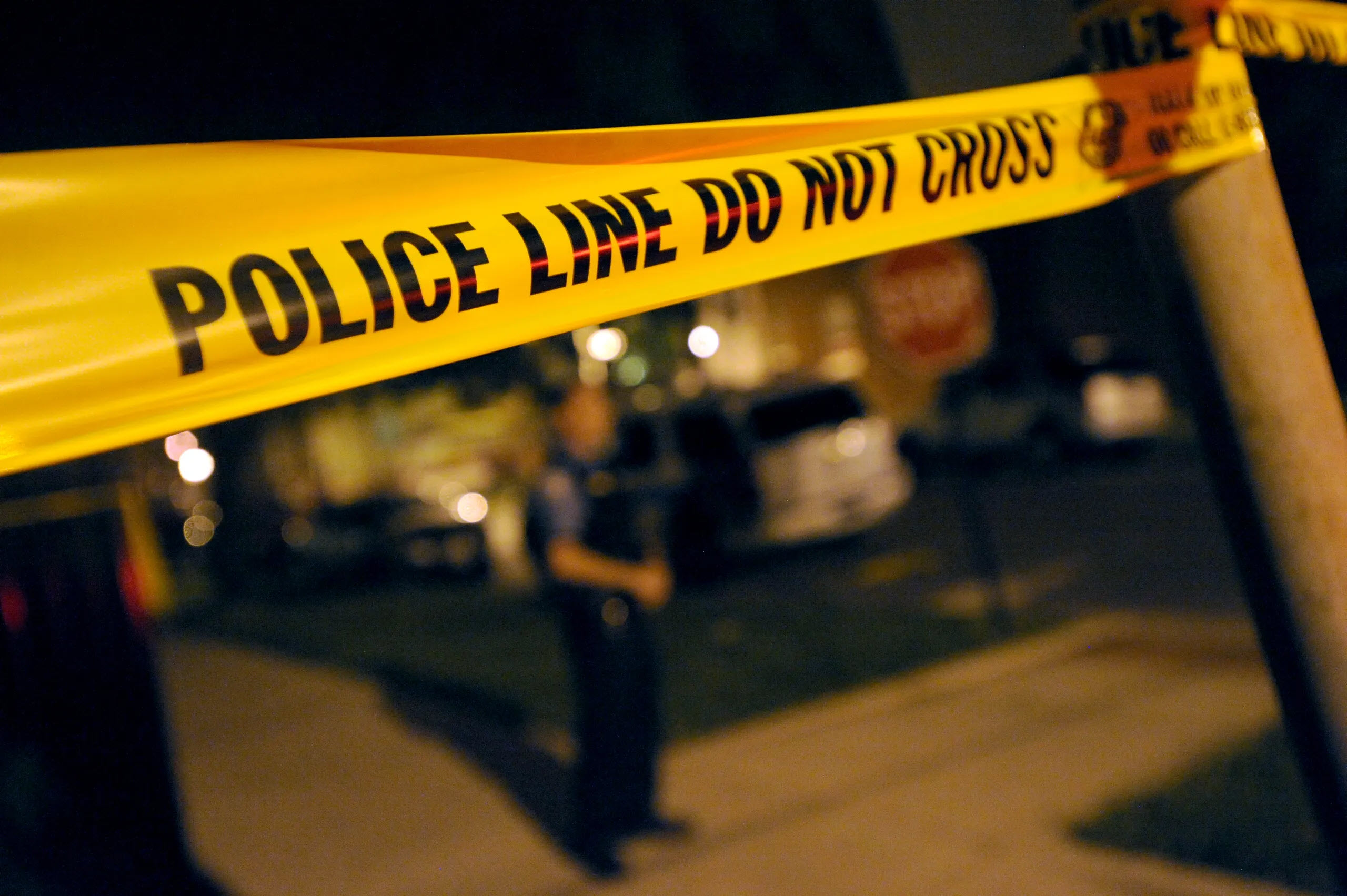

By Linh Nguyen
STATE NEWS – California’s crime rate, as measured by violent and property offenses reported to law enforcement agencies, fell to its lowest level in 2019 of any year since comparable statewide crime statistics were first compiled in 1969, according to a statewide study by Mike Males for the Center on Juvenile and Criminal Justice.
Over the past decade, crime rates have decreased gradually amid the “justice reform era” that reduced prison and jail populations and lessened penalties for low-level offenses, the study noted.
Overall, crime rates fell by 12 percent from 2010 to 2019, including a 13 percent decline in property crimes (burglary, motor vehicle theft and larceny or theft) and a five percent decrease in violent crimes (homicide, robbery and assault). Crime rates fell three percent from 2018 to 2019.
Reforms passed during the “justice reform era” include Public Safety Realignment, Proposition 47 and Proposition 57.

In 2011, the Public Safety Realignment Act was signed into law by Governor Jerry Brown. This act shifted correctional responsibilities for lower-level felons (nonviolent, non-sexual and non-serious offenses) from state prisons to local custody. The reform was designed to reduce incarceration rates and correction costs in the belief that county corrections would be more efficient than state corrections.
According to the Public Policy Institute of California, after four years of implementation, the Public Safety Realignment Act made several important impacts and was largely successful.
Realignment significantly reduced the prison population without increasing the county jail population as significantly. This overall reduced the total number of incarcerated people in California. However, state corrections spending remained high.
Next, in 2014, California voters passed Proposition 47, which implemented three broad changes to felony sentencing laws.
This proposition reclassified certain theft and drug possession offenses from felonies to misdemeanors and authorized defendants serving sentences or completed sentences for felony offenses that would have qualified as misdemeanors under the proposition to petition courts for resentencing or reclassification of convictions under the new provisions.
California superior courts received more than 200,000 petitions for resentencing and reclassification during the first 13 months of action.
In 2016, California voters passed Proposition 57, which allows parole consideration for nonviolent felons, changes policies on juvenile prosecution and authorizes sentence credits for rehabilitation, good behavior and education.
In addition to these reforms, marijuana was decriminalized in 2011 and legalized with regulations in 2016, reducing marijuana arrests by 93 percent between 2010 and 2019.
While crime rates in the aggregate state of California dropped, 17 counties showed increases in crime rate, including Alameda, Contra Costa, Sacramento and Santa Clara Counties.
Meanwhile, 70 percent of counties showed declines in crime, including Fresno, Los Angeles, Orange, Riverside, San Bernardino and San Diego Counties.
“California’s record-low 2019 crime rates cap a period of substantial change in the criminal justice system,” Males wrote. “Despite initial concerns that reform would erode public safety, most communities were safer in 2019 than at the start of the decade.
“The variation that exists across California’s counties and cities indicates that recent crime trends likely reflect local practices and conditions far more than state policies. Rape was excluded from total and violent offense rates because the definition was broadened in 2014, hindering comparisons across this period,” he explained.
To sign up for our new newsletter – Everyday Injustice – https://tinyurl.com/yyultcf9
